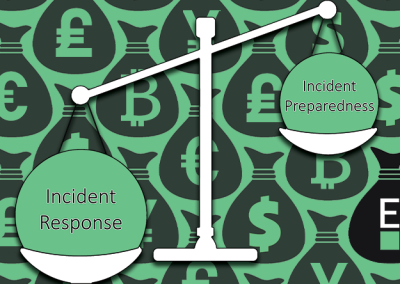TLDR — Commercial Cryptoasset Recovery (CAR) services are still in their infancy. While blockchain explorers are available, risk and attribution — also known as off-chain — data is key to understanding any individual case’s odds of recovery. That said, big data analytics, risk and attribution data only get you so far.
A few weeks ago, I concluded a three-part blog post series on things to watch out for when you or someone you know is considering a cryptoasset “investment” opportunity; particularly one solicited through social media platforms. The goal was to educate consumers and practitioners alike about common elements that appear in a diversity of opportunistic investment scams.
This week, I’m starting a blog post series on elements common to the commercial cryptoasset recovery space that influence whether victims can successfully recover their funds.
- Please note these posts come from a US-centric perspective and are not meant to be exhaustive nor construed as legal advice.
Commercial Cryptoasset Recovery is still in its infancy
Unfortunately, there are many factors that play into cryptoasset recovery attempts, ranging from an investigator’s tracing capability — for example, not all cryptocurrencies are supported via the available data analytics tools — to our ability to attribute accounts and wallets to specific individuals or companies as well as any legal or geographic jurisdictions that may come into play.
Where the crypto funds actually exit into fiat currency will determine whether you can successfully sue to attempt to regain your lost funds. I’d like to point out that many criminals will move funds through mixers or related services in an attempt to hide both the origin and source of their funds and then exit / convert those funds to real money at non-compliant — usually foreign — cryptocurrency exchanges, limiting recovery options.
Below are four stages common to the cryptoasset recovery process and I’ll cover each in more detail in subsequent posts:
1. information collection
2. outcome analysis
3. legal referral / investigative support
4. recovery / case closeout
One key takeaway that needs to be emphasized is that working through each and all of those stages can take time — for example, law firms are still engaged in traditional global asset recovery efforts from the Bernie Madoff scandal, some ten years later.
For those engaged in cryptoasset recovery, would you break the stages out differently or add others?




